Rượu Đế: Basic Information
Pronunciation
Alternative Name(s)
Drink Type
Mealtime
Popular Rượu Đế Variations
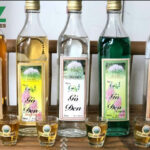
Rượu Đế Gò Đen

Rượu Bầu Đá
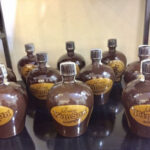
Rượu Kim Sơn
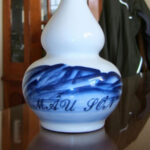
Rượu Mẫu Sơn
Rượu Đế: Ingredients and Preparation
Main Ingredients
Main Preparing Method
Preparation Process
Rượu Đế: A Deep Dive
Cultural Significance
Taste
Texture
Aroma
Color
Serving Style
Serving Temperature
Accompaniment
Occasions
Calories
Popularity
Popular Similar Drinks
- Rượu Cần
- Sake
- Soju
- Baijiu
- Lao-lao
Popular Dining Area
Rượu đế is a traditional distilled spirit of Vietnam, often made from glutinous or non-glutinous rice. The process of fermenting the yeast and distilling the liquor is very important, and it requires the skill, experience, and effort of the artisan.
The alcohol content of rượu đế typically hovers around 40% by volume. This distilled spirit has a generally clear yet slightly cloudy appearance. Rượu đế is especially popular in the Mekong Delta region in the Southwestern region of Vietnam. In northern Vietnam, it is also known as rượu quốc lủi.
Historically, rượu đế was often distilled at home in rural areas, using local ingredients and traditional methods passed down through generations. This practice of home distillation led to its comparison with moonshine.
Moreover, the term “rượu đế” has a story behind it, which I’ll show you in the next part. Interestingly, the ingredients used in crafting rượu đế are quite varied, with rice or glutinous rice being the most common. Due to the diversity in ingredients and preparation methods, rượu đế manifests in multiple variations across Vietnam, and fortunately, it’s also available in the USA.
After knowing some basic information about rượu đế, you can discover both good and negative sides of this spirit, as well as some commonly asked questions relating to it. To wrap up, I’ll introduce you to drinks similar to rượu đế, broadening your scope of this traditional beverage.
Key Points
Why Is It Called Rượu Đế?
“Rượu đế” is called so because of its unique historical and cultural context in Vietnam. The name translates to “Kans grass liquor,” implying the practice of secretly distilling this liquor during the early French colonial period in southern Vietnam.
At that time, people hid the liquor in fields of tall kans grass to evade the colonial government’s alcohol monopoly, which they only allowed the sale of “rượu Công Ty” (Company alcohol). The practice of hiding the liquor in đế grass is how it got its name.
In Northern Vietnam, it is known as “rượu quốc lủi,” translating to “liquor that slips away from the state.” This name reflects how it’s secretly made and sold, unlike the state-regulated alcohol. It emphasizes the secretive and rebellious nature of its production.
Rượu đế can be called by various names, and many names are based on where it’s produced. For example, rượu đế Gò Đen, rượu làng Vọc, rượu Bầu Đá, rượu Kim Sơn are some well-known local varieties in Vietnam.
What Are the Ingredients for Making Rượu Đế?
The key component of rượu đế is high-starch grain, for example, glutinous rice, plain rice, brown rice, barley, cassava, and even corn or grain sprouts in some regions in Vietnam.
Another important component to make rượu đế is a fermentation agent, like yeast and herbs, such as Chinese cinnamon, licorice, ginger, star anise, and more.
However, not only do the ingredients vary depending on the regional recipes but also how rượu đế is made, reflecting each area’s unique distillation traditions.
What Is The Process of Producing Rượu Đế?
Depending on the region, the making process of rượu đế can be altered. But here, I’ll introduce the five most basic steps to make this distilled spirit.
Step 1: Cooking Ingredients
Primary ingredients are cooked, fluffed up, and mixed with finely ground wine yeast while still warm.
Step 2: Fermentation
The mixture is then fermented in a warm, sealed environment. The duration depends on factors like weather, ingredients, yeast type, region, and the brewer’s experience. This process, lasting a few days, transforms the starch into alcohol.
Step 3: Distillation
The fermented product is placed in a distillation pot and heated. Alcohol vapors are collected through a small pipe at the pot’s top.
Step 4: Condensation
The pipe extends into a cold water tank, where alcohol vapors condense into liquid, dripping into a container.
Step 5: Collection and Subsequent Runs
Initially, the “first-run” liquor, or the foam liquor with the highest alcohol content (often 64-65% from 15 liters of rice yielding about 5 liters of alcohol), is collected.
Additional water is added to the pot, stirred well, and further distilled for “second” and “third” runs. These are then mixed with the first run to achieve a moderate alcohol concentration.
Next, let’s check some famous varieties of rượu đế in this Southeast Asian country.
What Are Well-known Rượu Đế Variations in Vietnam?
Here are four popular choices of rượu đế variants across the country.
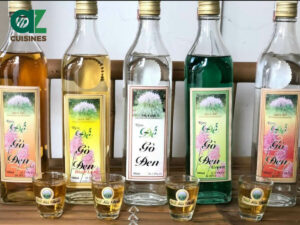
Rượu Đế Gò Đen
Made from rice or glutinous rice using traditional methods. Notably high in alcohol content, up to 50%.
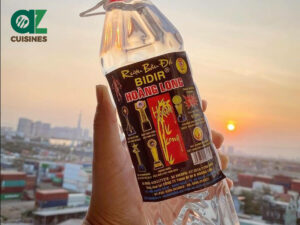
Rượu Bầu Đá
Named after the water source used in fermentation and distillation, ‘Bàu đá’. High alcohol content, over 50%.
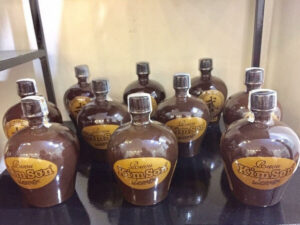
Rượu Kim Sơn
Fermented from a type of sticky rice known as ‘nếp cái hoa vàng’.High alcohol content, clear.Traditionally stored in earthen jars with dried banana leaves.
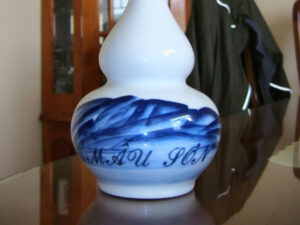
Rượu Mẫu Sơn
A liquor made by the Dao people living on Mẫu Sơn peakMade from rice, pure water from streams, and forest leaf yeast made from over 30 rare herbs.
Now you might wonder, where can you buy this Vietnamese distilled spirit in the USA, right? Read on the following section for more insights.
Where To Buy Rượu Đế In America?
To buy Rượu Đế in the United States, you can visit the SuTi Craft Distillery in Kennedale, Texas. It’s the only traditional Vietnamese rice liquor distillery in America, offering a unique experience with its tasting room and range of products.
Run by two Vietnamese friends, Mr. Sui and Mr. Tien, the distillery produces two main products:
- Lion 45, which is a 90-proof rice liquor known for its sharp and sweet flavor.
- Old Man (aka rượu đế Ông Già), which is an 80-proof rice liquor.
In the next part, it’s essential to have a balanced perspective on rượu đế positive and negative aspects.
Pros and Cons of Drinking Rượu Đế
Before choosing rượu đế, let’s take a look at the table below that outlines its merits and limitations.
Pros
Cons
Continuing on, you’ll examine the frequent concerns people often express about this traditional Vietnamese distilled spirit.


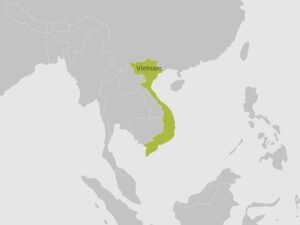
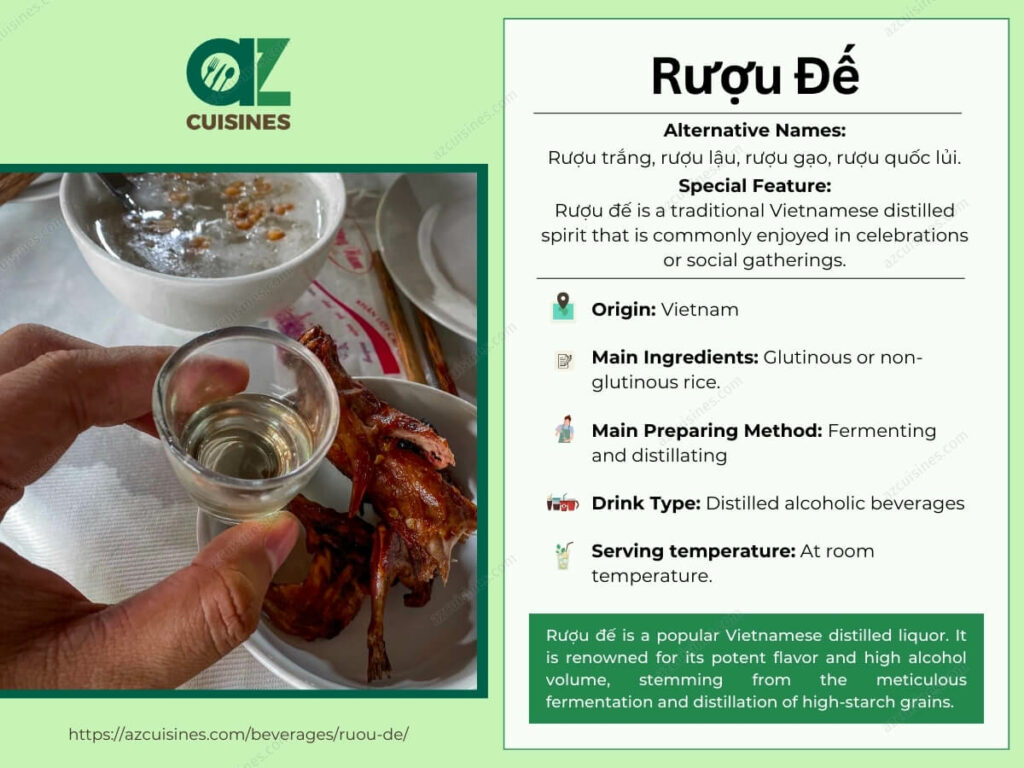
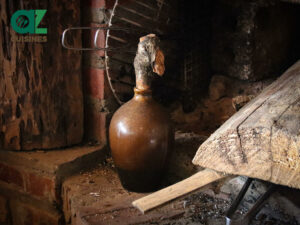
Adam Sam
Senior Food and Drink Editor
Expertise
Food Writer & Recipe Developer, Recipe Tester, Bartender, Cooking-video Maker, Editor In Chief
Education
Adam Sam, an experienced food writer and recipe developer, is passionate about blending diverse culinary traditions, national dishes, and innovative beverages, showcasing his proficiency in both traditional and modern recipe testing.
As the Editor-in-Chief, he elevates culinary content from street food to fine dining, focusing on Western cuisine and types of drinks at azcuisines.com, and is professional in creating engaging cooking videos that simplify complex dishes and ingredients.
His passion for food is evident in his writing, where he uniquely merges various cultures, traditions, and contemporary trends, skillfully combining classic recipes with modern cooking methods.